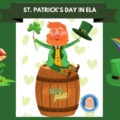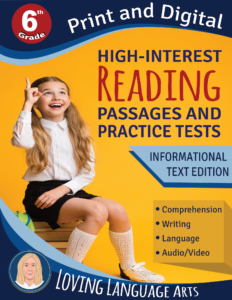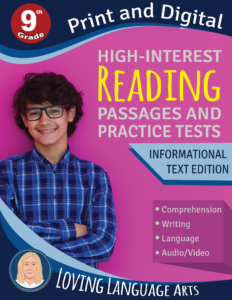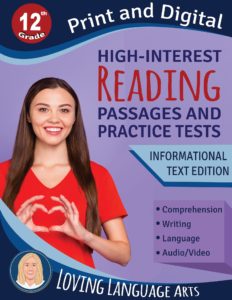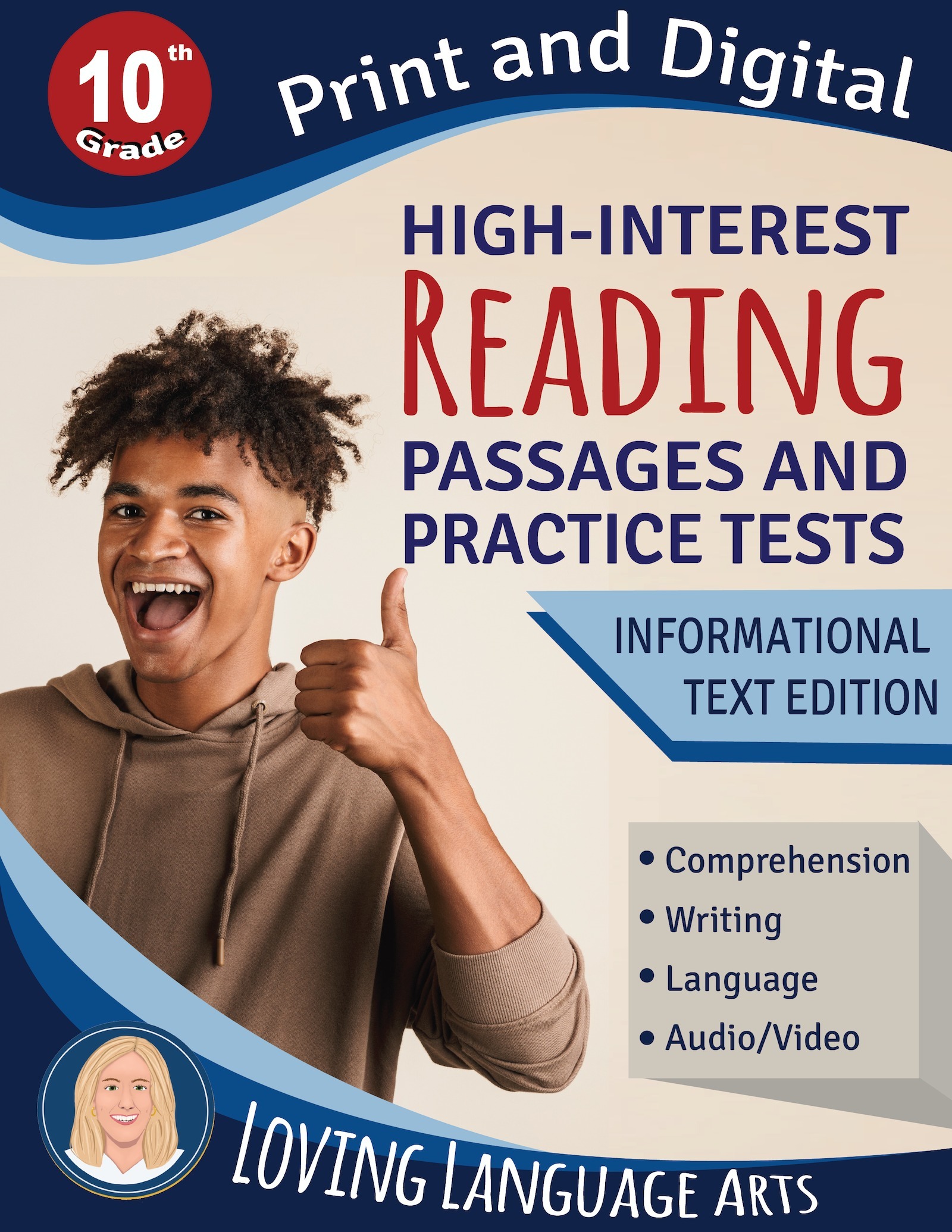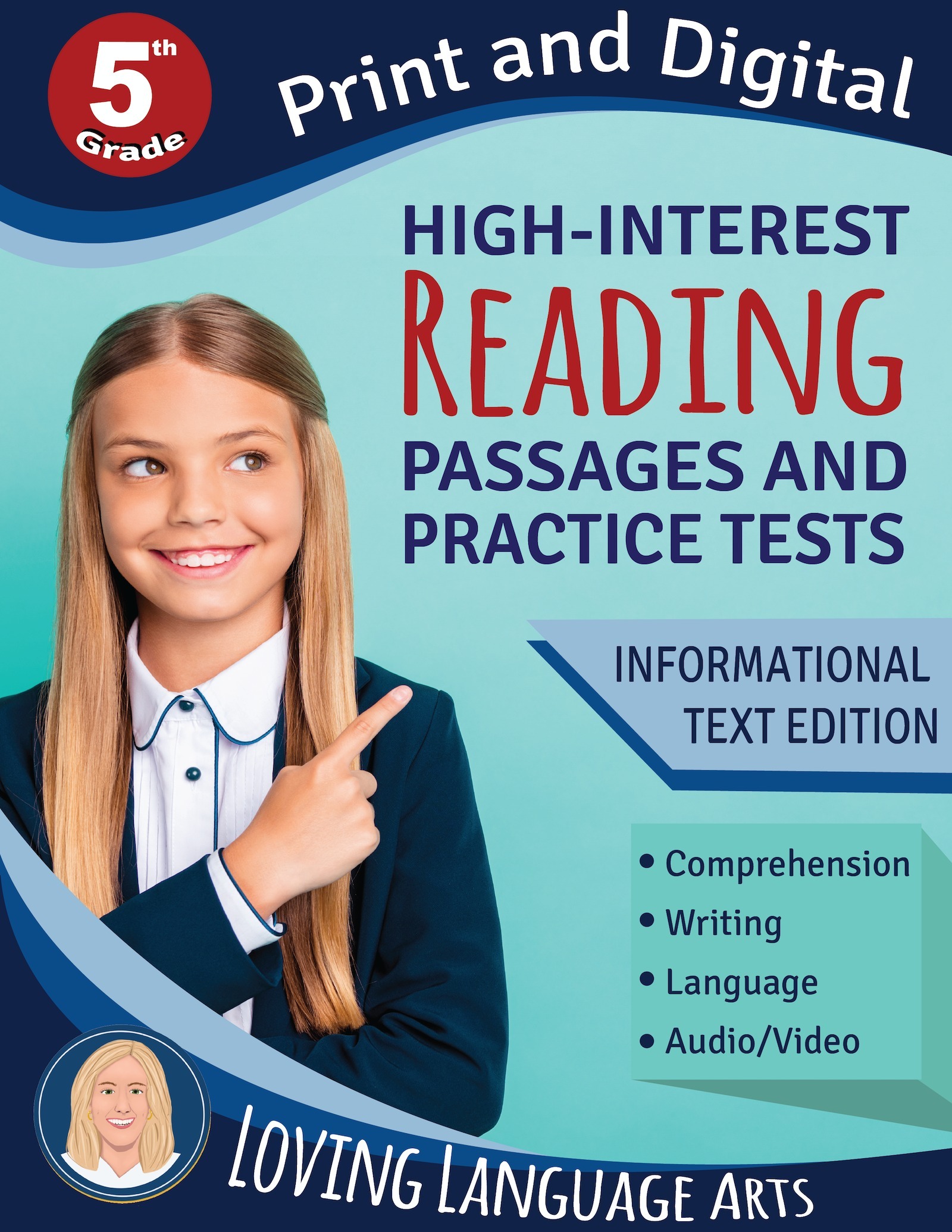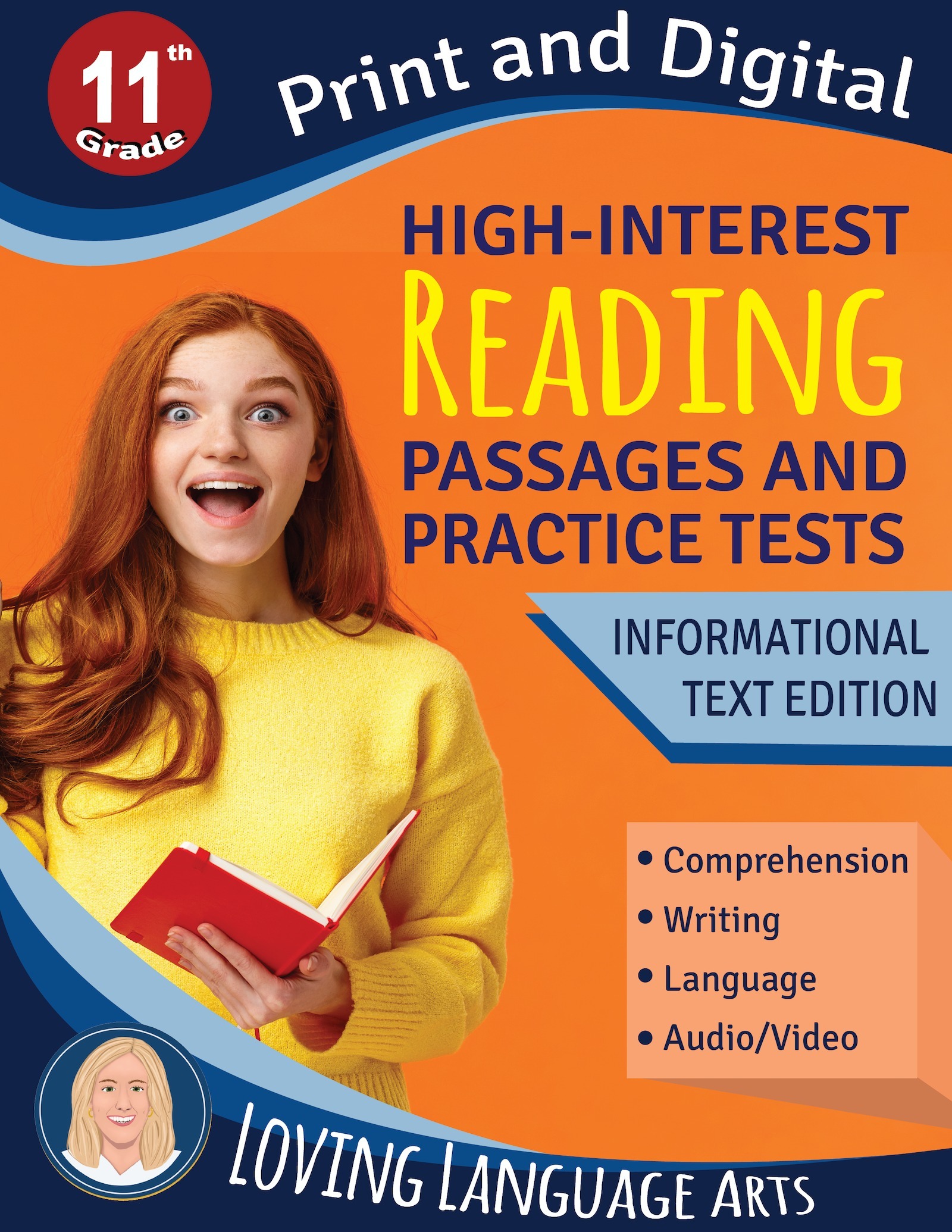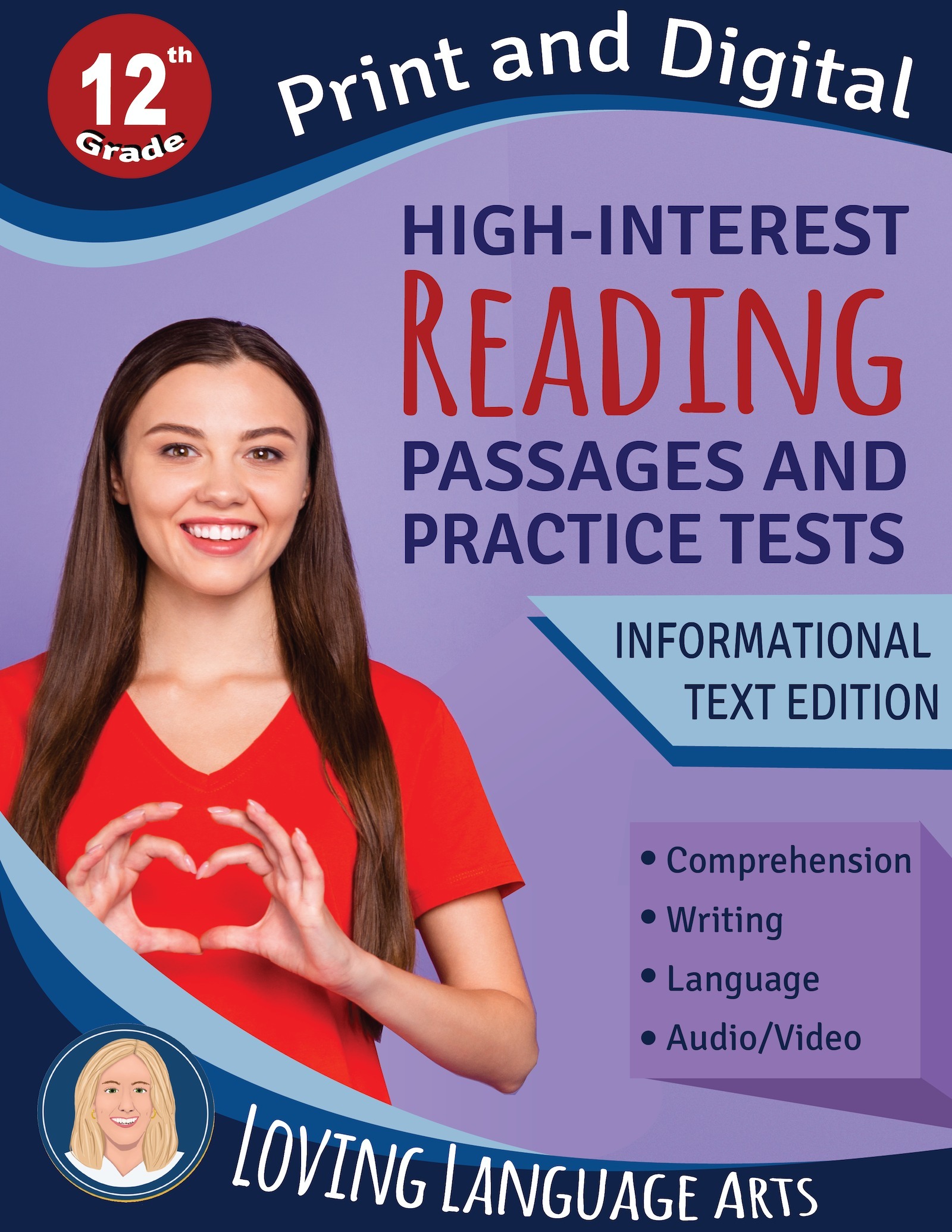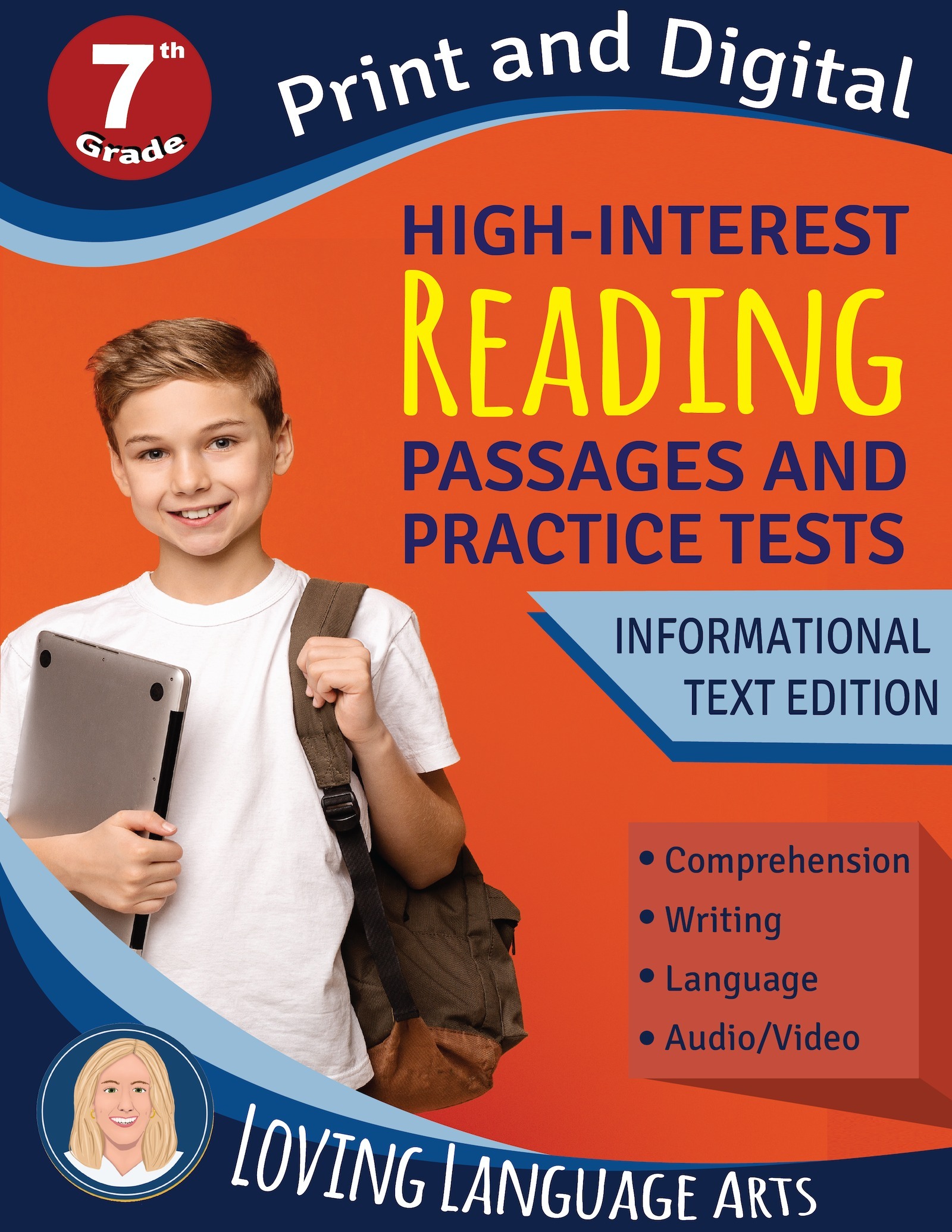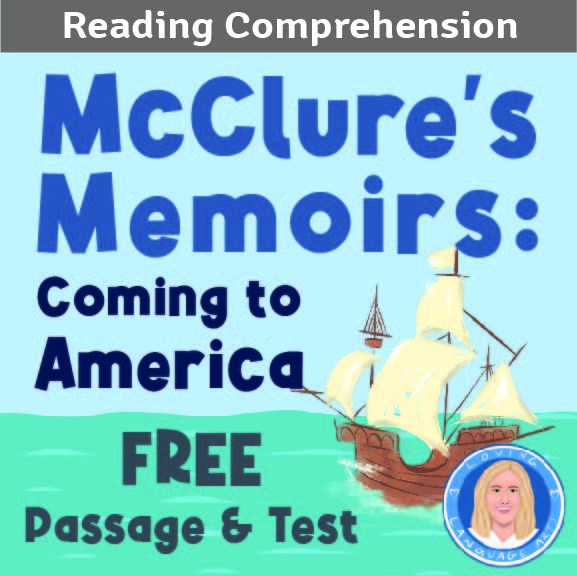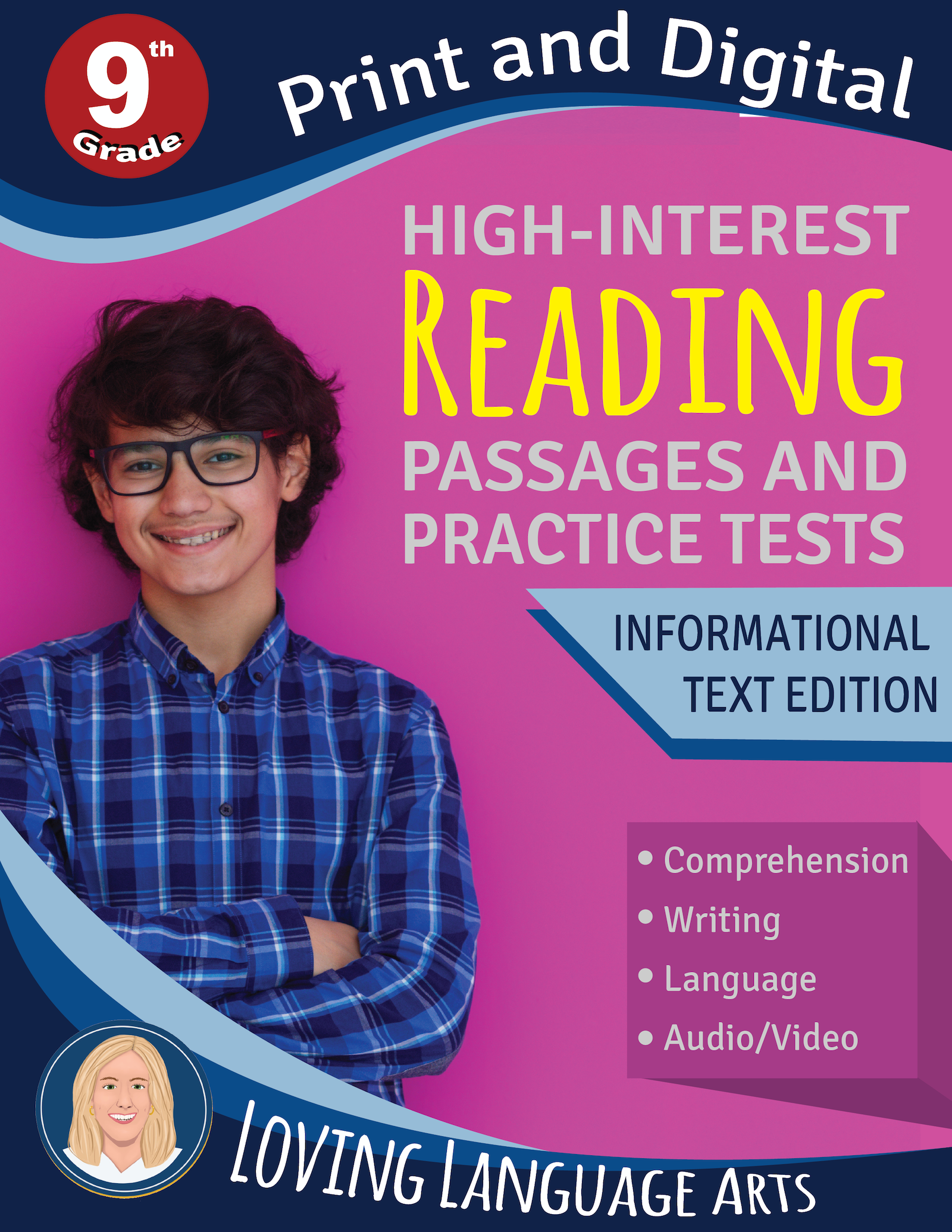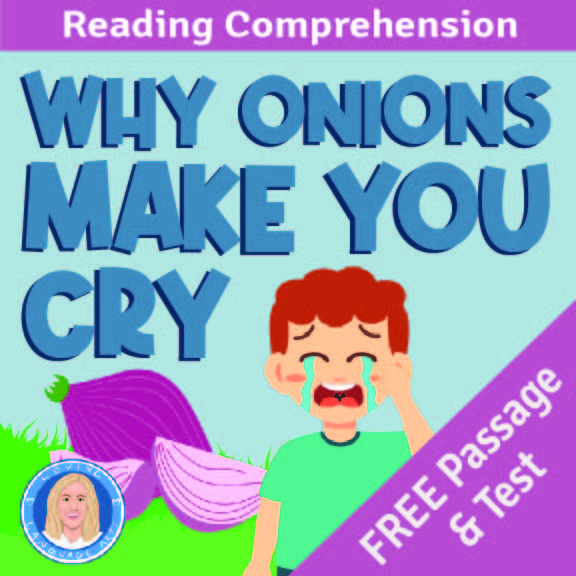5 Interesting Facts About the History of Valentine’s Day
Ah Valentine’s, how I love thee and dislike thee all at once, lol. Let’s just say I’ve had a love-hate relationship with Valentine’s Day my whole life. Have you by any chance? Anyway, to focus on the positive here, I do remember that in elementary school, Valentine’s Day was one of the best days EVER. I LOVED IT! So, tap into your students’ excitement about the day, and teach them more about the history behind this holiday. It’s one more opportunity for fresh reading and writing! In fact, I have lots of other ideas too for you in my post “A Valentine’s Day in ELA You’ll Love.”

5 Interesting Facts About Valentine’s Day:
1) The more appropriate version: At the end of the 5th century, Pope Gelasius of Rome declared February 14 to be “St. Valentine’s Day,” supposedly to replace the Roman festival called Lupercalia which was what we would call “inappropriate” these days. It included one ritual in which unmarried men would select pieces of paper from an urn which had the names of the unmarried ladies on them, who would become their future wives. Not very romantic! It was not until the 14th century, at the end of the Middle Ages/beginning of the Renaissance, that Valentine’s Day came to be definitively associated with romantic love. In fact, English poet Geoffrey Chaucer was the first to record Valentine’s Day as a romantic celebration in his 1375 poem “Parliament of Foules,” writing, ““For this was sent on Seynt Valentyne’s day / Whan every foul cometh ther to choose his mate.”
2) Writing it down makes it official: Written valentine greetings began to appear after 1400, around the time the idea of courtly love flourished in literature, especially in plays meant to entertain nobility. The oldest known valentine in existence was a poem written by Charles, Duke of Orleans (of France) in 1415, imprisoned in the Tower of London. By the mid-18th century, it became common for friends and lovers of all social classes, not just nobility, to exchange handwritten valentine notes and small tokens of affection. Soon, commercially printed cards were used for the first time. In the 1840s, Esther Howland began commercially selling mass-produced valentines depicting Cupid, the Roman god of love, as well as hearts, which are associated with emotion.
3) It’s not all about us : Valentine’s Day is celebrated in the United States, Canada, Mexico, the United Kingdom, France, Singapore, and Australia. It’s also popular in Denmark, Argentina, South Korea, and the Philippines. In fact, in the Phillippines, Valentine’s Day is the most popular wedding day. Sometimes there are mass weddings that unite hundreds of couples at once on February 14.
4) Who was this St. Valentine?: That is the subject of debate and cannot be answered definitively. Some say the day was named after a priest named Valentine who was killed by the Roman emperor Claudius II Gothicus in the year 270. According to legend, Claudius II had outlawed marriage, believing that single men made better soldiers than married ones. Valentine would secretly perform marriages and, when discovered, was put to death and became known as a saint.
5) But it could have been this other guy: According to another legend, Valentine was killed for helping Christians escape harsh Roman prisons. While in prison himself, he supposedly sent a letter signed “from your Valentine” to the jailor’s daughter. The truth behind the Valentine’s legends are murky, but we do know from stories that Valentine was described as a sympathetic, heroic, and romantic figure. By the Middle Ages (approximately between 500 and 1300 A.D.), Valentine was one of the most popular saints in England and France.
Below are links to my other post “A Valentine’s Day in ELA You’ll Love“ for even more ideas, and the FREE RESOURCE “The History of Valentine’s Day Reading Passage & Writing Extensions.” Happy Valentine’s Day!
Plus, my other blog post with free language activity “20 Idioms About Love and the Heart” also has yet more fun Valentine’s resources.
AND GRAB YOUR FREE 1-PAGE PASSAGE “THE HISTORY OF VALENTINE’S DAY” THAT COMES WITH WRITING EXTENSIONS!

Click below for FREE ELA PRACTICE TESTS – each targeting specific reading, writing, language, and speaking/listening/viewing standards.
Check out these GRADE-SPECIFIC test prep books with practice tests that target EVERY GRADE-SPECIFIC READING INFORMATIONAL TEXT STANDARD, one by one. An added bonus is that students LOVE the texts! In Easy-Print or Self-Grading Online Versions.
The 6th Grade Practice Tests Test Prep Workbook “is a high quality, beautifully-aligned resource. It is no-frills, to the point, yet high-interest for students. It is helping us prepare for standardized testing in a hybrid, synchronous, difficult year.”
How about save this pin to your “Current Seasonal Resources” Pinterest board so you can refer back to it later?
























